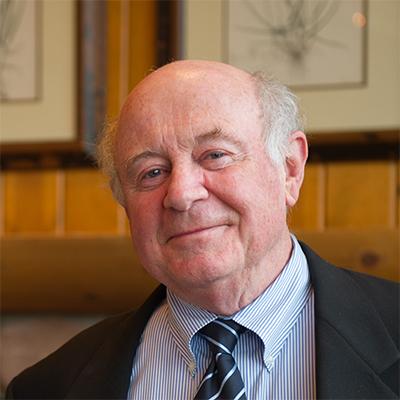One of the key arguments of charter school opponents is that charter schools hurt the kids left behind in district-run schools.
It is true that as families choose charter schools, district enrollment, and therefore funding, shrinks. But what happens next is up to the districts. If districts choose to preserve expensive central offices and cost structures even as enrollment shrinks, a higher proportion of all funds is kept at the district level, and schools get less. Students can suffer.
But the presence of charter schools does not need to weaken district-run schools—nor should we wish it to. Harm to kids in district-run schools is, obviously, a loss for children and the broader community that reformers are trying to help. Reform opponents’ false (but widely believed) attribution of blame to charters only compounds the harm. A theory of action that depends on district schools’ getting worse and worse is not ethical or sustainable.
Encouraging districts to adapt to competition is important, especially when the numbers of children in traditional schools are large relative to the growth capacities of charter schools. Even as the numbers of quality charters grow steadily, and some localities enjoy the precise combination of factors that may one day enable an all-charter system, most of our nation’s children will remain in district-affiliated schools for a long time. So those schools need to hold their own or—better yet—improve.
Fortunately, this is possible, if district leaders are willing to make some changes. Facing lower enrollment, they can cut the fixed costs in their central offices (e.g., staffing, large district facilities), thus increasing the share of money that goes into schools and classrooms. And that’s just the financial part. When leaders make district-run schools more autonomous and more accountable, they become more appealing places for both families and educators.
This can be accomplished by easing up the rules and contractual provisions that hamstring school leaders, recruiting principals and teachers who want to work in schools with more freedom (and responsibility), and allowing parents to choose their children’s schools. That’s how New York City’s high schools improved and how portfolio districts across the country are improving their schools as well.
Some reformers claim that districts just can’t change. They are right that the people traditionally in charge of districts—including superintendents who have climbed the traditional career ladder and school board members seeking to build their own political careers—would often prefer to go down with the old ship than change its direction. But as CRPE studies of portfolio districts have shown, a combination of new state laws and transformative leaders—like Joel Klein, Tom Boasberg, Michael Bennet, Andrés Alonso, and John White—can remake districts into more hospitable environments for schools. The people and circumstances may be special, but they’re not unique. Now nearly 40 cities are at some stage of transforming their districts from monopoly providers to overseers of autonomous schools of choice.
Many of these cities are experiencing growth in the charter school population, but also a simultaneous improvement in their district-run schools. These aren’t mutually exclusive; in fact, district improvement is often driven in part by competition from independently chartered schools. So the answer isn’t to assume that districts can or will improve without any charters at all.
But reformers also need to make sure that charter expansion doesn’t come at the expense of the children in other schools. The “do no harm” principle means that the playing field can’t be tilted toward charter schools (e.g., by admissions practices that push away the hardest cases or funding systems that let charters keep money for kids who have returned to district schools). A single-minded focus on competition alone—making charters as good as possible but being indifferent to what happens to kids in district-affiliated schools—is dangerous for kids and for the reform movement.



